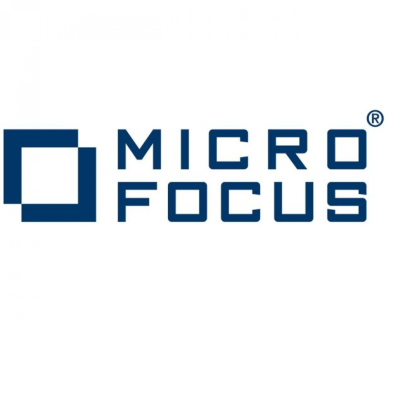The September 7th announcement of Micro Focus’s $8.8bn deal to merge with the software business of HPE continues its history of bold acquisitions. It was only in May that Micro Focus completed the purchase of Serena software for $540 million. But the HPE deal is on another scale, and the combined company will be the largest in the UK software industry. And it is a deal that could lead to some seismic changes in the marketplace for software quality assurance tools. The big question is: will Micro Focus continue to develop HPE’s line of software testing products? When HPE acquired the Quality Center testing toolkit in 2006 as part of its purchase of Mercury Interactive, it had become established as the number one product for software quality assurance. According to Melinda Ballou, IT Industry Analyst at US-based market intelligence firm Information Data Corporation (IDC), HPE still holds a 25% share of the US software quality assurance market despite having lost significant ground in the past ten years. Tier one and two two banks — including some of the largest global firms — are a major client group for Quality Center and Unified Functional Testing (UFT), HPE’s other market-leading testing tool. However, some major banks, such as JP Morgan, have increasingly turned to open-source testing solutions such as Selenium or Appium, over recent years.
Improved tools?
So what happens following the September 7th announcement that HPE is merging its software business with the UK-based Micro Focus technology infrastructure firm? Will Micro Focus be able to move its customers onto new and improved testing tools, or will banks move to other vendors over time? Although neither HPE or Micro Focus would comment on their future plans for managing their existing product lines, other firms in the market for quality assurance and testing tools are clearly hoping that the merger will throw up opportunities for them to increase their market share. While HPE will be retaining a 50.1% stake in the merged software company, Micro Focus has indicated in its announcements that it will be managing the merged business product lines and customer relationships. Competitors say they believe that Micro Focus will choose to let licences for Quality Center and UFT to run down and then seek to replace them with new products. And this could effectively turn the marketplace for outsourced services on its head. Nikhil Kaul, the Boston-based product marketing manager at SmartBear, one of HPE’s direct competitors and a developer of testing products that integrate with open source tools, insists that the merger will lead to a loss of market share for the new business. “Micro Focus will not actively develop these products,” he believes. “Instead they will keep the business as a cash cow and reinvest the money elsewhere.” “Historically they come into a mature business and then increase profit margins by cutting costs.” SmartBear’s Kaul believes that this time, Micro Focus may struggle to absorb the challenge of the merged business, when the deal completes around Q1 or Q2 of 2017. “Micro Focus has been really good at getting value out of mature businesses, but this deal is a venture into uncharted territories for them,” he said. “HP is three times larger than Micro Focus.”
Licences expire
Vaios Vaitsis, founder and CEO at Greek testing software provider Validata Group believes that the only sensible option is for Micro Focus to wait until the HPE licenses to run out, and to then consolidate its testing product by packaging the best elements from each of its major product line. HPE licences typically run for five to ten years, say industry experts. Vaitsis predicts that financial firms will not renew their licenses for HPE products as they expire. Instead, he says, they will move towards newer products that he says are more easily integrated into agile development environments that use open-source tools. The Q2 sales figures announced this week by Red Hat, a developer of open-source enterprise software products, suggest that the open source movement is accelerating. Red Hat exceeded analyst expectations with revenues of $600 million for Q2, up 19% year-on-year. However, Dominque Raviart at Nelson Hall believes that Micro Focus will not only stick with the HPE’s established product line, but make further improvements to Quality Center and UFT. “While it is true that there are a lot of unknowns, I am confident Micro Focus will keep developing HPE testing products. There is no point in spending billions of dollars for a tool that has leading market share to destroy it. If it is going well they will keep investing in it,” said Raviart. In any case, said Raviart, all major decisions will be frozen until the deal is concluded: “HPE will continue to support its current line of products, but we should expect a three to four quarters of delayed investments and decisions.” IDC’s Melinda Ballou also disputes the idea that Micro Focus will simply allow licences to run down. She points to major investment that HPE has made in launching its ALM Octane test automation platform last June as an indicator that HPE has been able to keep pace with the new open source technologies.




